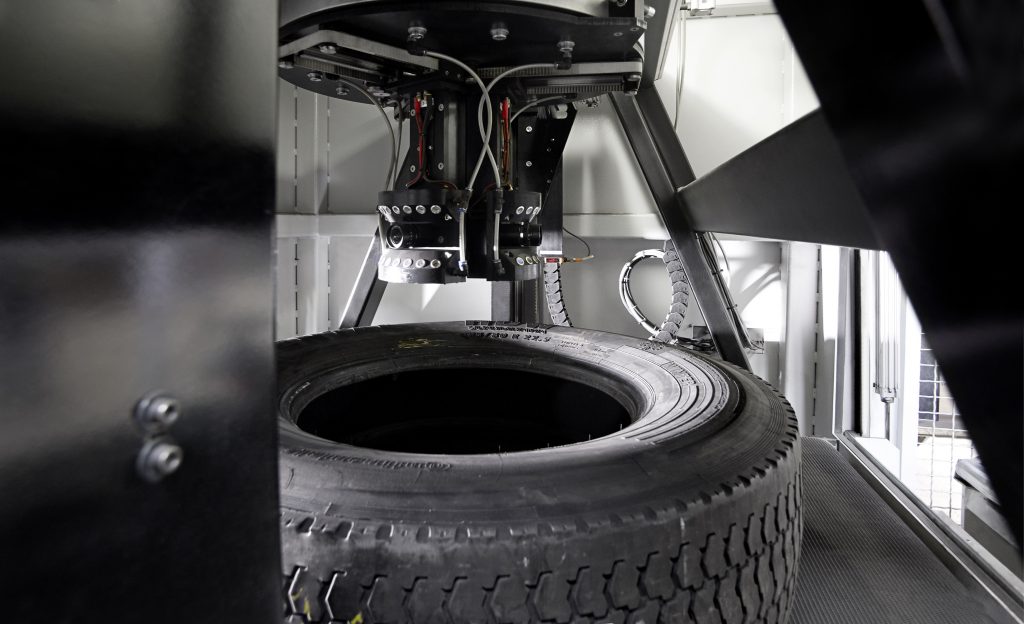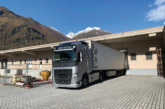Continental explains why retreading can help in the bid to achieve the lowest overall driving costs.
Faced with ever-rising driving and operational costs, transport managers are forced to work with ever-tighter margins in the bid to lower fleet operating costs. Yet, while some factors are harder to mitigate against, such as fuel costs, more can be done to help lower overall operational costs by choosing to get best value out of each tyre across its lifetime – with a robust retread system.
Lifetime tyre management programmes such as Continental Truck Tyres’ ContiLifeCycle consider the ultimate economy across the tyre’s entire life, from new tyre purchase, regrooving and casing management, through to retreading – each helping to prolong the life of tyres, and thereby significantly lower tyre costs, the company claims.

The retreading process
Tyre retreading is an effective way of extending the useful lifetime of a tyre, and a more economical alternative to buying completely new tyres. By reusing the casing, energy and raw materials are saved, and the number of old tyres in circulation is reduced.
Continental says its tyre casing is what makes its tyres economical, serving as a valuable material for retreading. The casing can also be used for professional regrooving. As well as allowing fleet operators to utilise the tyre for longer, the process creates a lower profile thickness to reduce rolling resistance and therefore fuel consumption.
Steve Howat, General Manager – Technical Services, Continental Tyres UK said: “Continental tyres are made for optimum durability using perfectly matched reinforcements, mixture components and a contour designed for the unique conditions of a fleet operator’s activity. This structure ensures that the tyres can be renewed and last for more than just one life – Continental casing is particularly important for this.”
Hot vs cold retreading
Cold retreading processes such as ContiTread sees a patterned and prevulcanised tread applied to a buffed casing. The tread is placed under constant tension, together with an unvulcanised bonding ply, onto the buffed casing.
Pre-tensioning before vulcanisation ensures that the tread adapts to the tyre contour to effectively bond the parts together. The prepared tyre is then packed into a curing tube for curing. Although the ContiTread cold press process can be applied to other makes of casing, the best results are achieved in collaboration with high-tech and high quality Continental casings.
With hot retread processes such as Continental’s premium ContiRe service, tyres undergo virtually identical processes to those found in the production of completely new tyres. It is this quality which makes premium hot retreads an often-favoured option for fleets, the company states.
Hot retreading uses the same profiles and rubber mixtures that are used in new tyre production, with the tyres retreaded from bead to bead. Steve Howat said: “The main advantages of hot retreading is that the side walls are renewed and the tyre remains regroovable.
“With the ContiRe hot retreading, only Continental casings are used, which allows for such future regrooving. What is more, the tyres are subject to durability and safety tests so that a set of ContiRe tyres can be covered by Continental warranty. It is this value-added quality which draws customers to hot-retreads and makes them a crucial element in the drive towards lowest overall operating costs.”

Conti360° Fleet Services
Continental says its retread capabilities were strengthened with the acquisition of Bandvulc in 2016. It says it is now able to offer UK customers a leading fleet management service alongside expert hot retread and casing management, under both ContiRe and Bandvulc brands.
To complement retreading processes, ContiCasingManagement uses standardised methods across the entire tyre casing management process. This gives fleet managers the flexibility and transparency to constantly monitor casing stock and decide what to do with used tyres. The system includes casing collection, inspection and purchasing, and when necessary, disposal.
ContiCasingManagement is part of the Conti360° Fleet Services Network, an exclusive all-round tyre management solution for fleets which includes ContiFitmentService, ContiFleetCheck, ContiBreakdownService and ContiFleetReporting.
Steve Howat added: “Retreading is a viable option to help operator’s lower costs across a fleet, extending the life of each tyre and therefore providing a more environmentally sound alternative for operators. This helps to ease cost constraints as well as environmental impact.”










